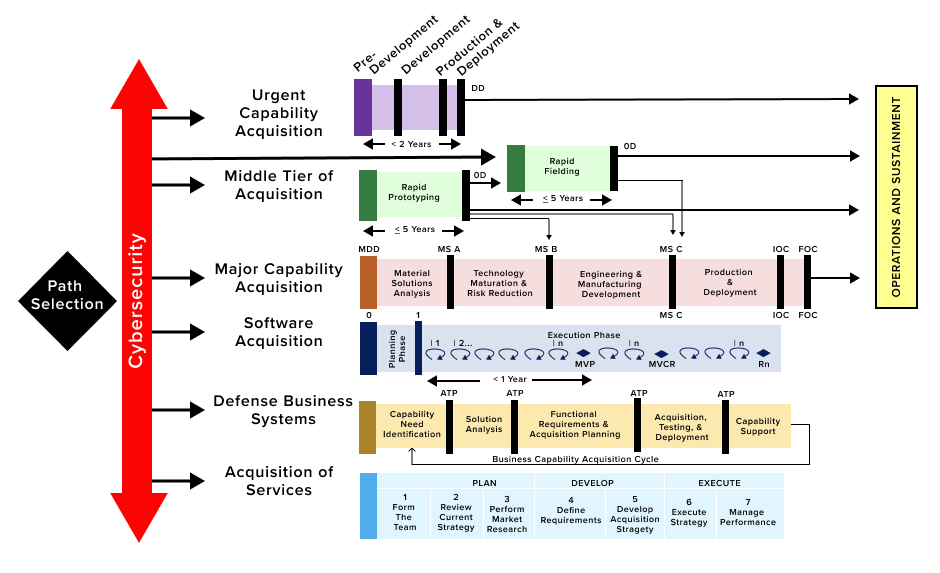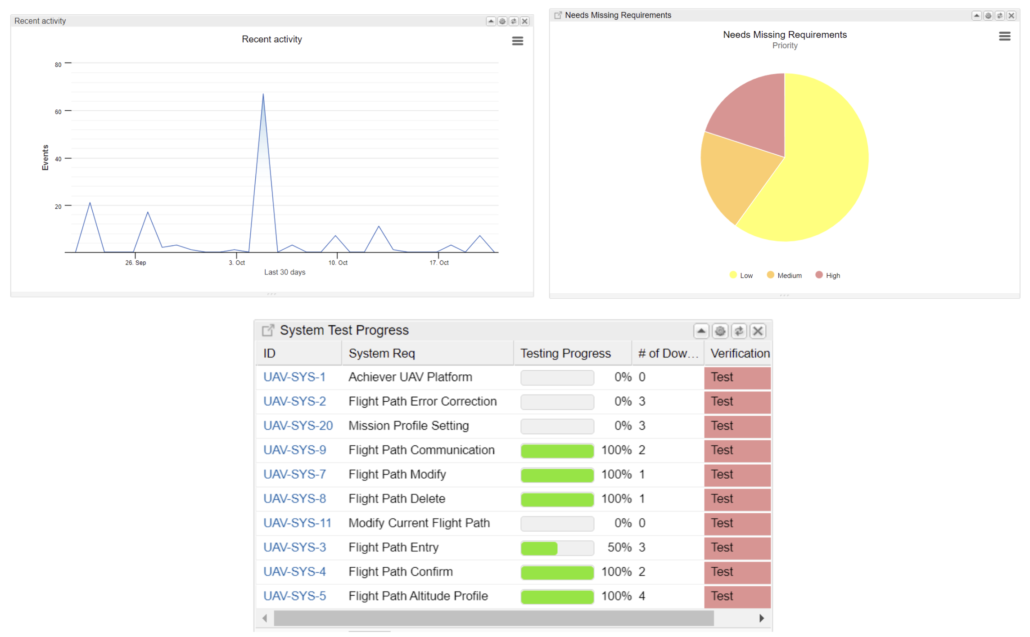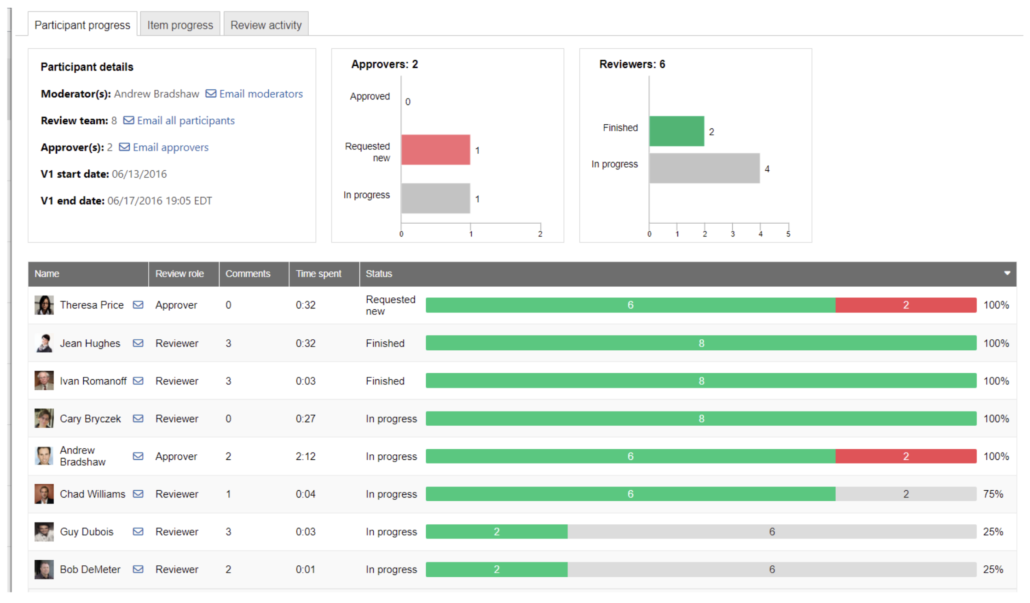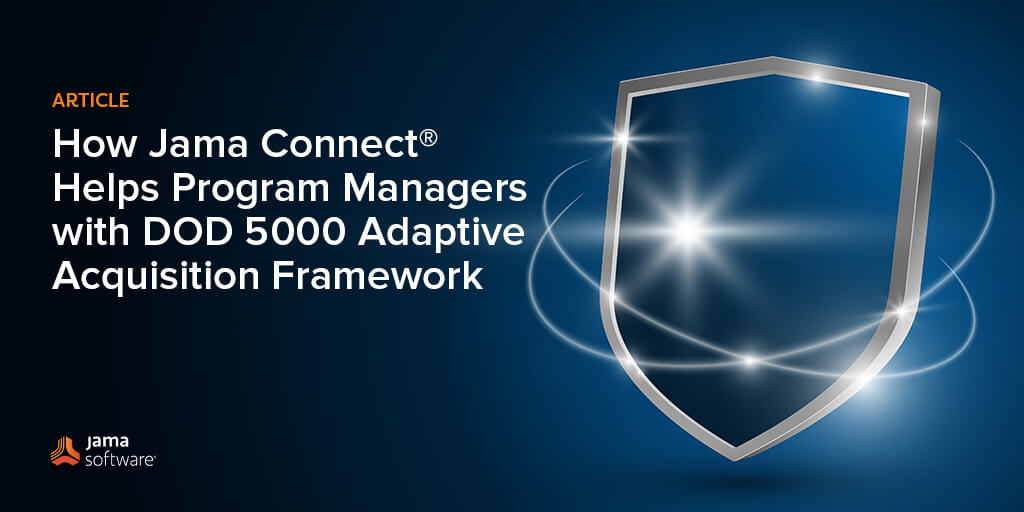DOD 5000 Series
DOD 5000 Series consists of policy guidance and is backed by a collection of directives that describe a disciplined management approach for acquiring systems and materiel to satisfy valid military needs.
Six pathways of the adaptive acquisition framework: urgent capability acquisition; middle tier of acquisition (MTA); major capability acquisition; software acquisition; defense business systems (DBS); and defense acquisition of services. Up until a few years ago, it used to be that every program large and small had to follow the exact same acquisition process. Today, programs that are small and short-lived can follow a different process than that of a large multi-decade weapons system acquisition program. DOD 5000.02 policy encourages program managers to tailor, combine, and transition between pathways to create their own program strategies.

Figure 1 – Adaptive Acquisition Framework (AAF)
All programs regardless of the pathway share functional areas that must be considered during program execution. Acquisition Intelligence, Cybersecurity, Intellectual Property (IP) Policy, Mission Engineering, Systems Engineering, and Test & Evaluation are key areas every program must practice. Digital Engineering is a key constituent of program execution, and its vision is articulated by the Department of Defense 2018 Digital Engineering Strategy. It clearly highlights model-based systems engineering (MBSE) as a new approach to take. Digital Engineering crosses these functional areas and is where Jama Connect® assists program managers the most.
RELATED: Jama Connect®: Accelerating Systems Development with Requirements Management and Live Traceability™
Jama Connect® gives program managers and their acquisition team the ability to use Digital Engineering MBSE right from the start in an easy-to-use browser interface
The early phases of all DOD 5000.02 acquisition pathways require the definition of mission capabilities and needs. Instead of capturing this information in Word, Excel, or a SysML tool which requires a deep level of expertise; the Jama Connect solution will provide an Excel and Word-like experience but also segregate data as discrete model elements. An early acquisition MBSE approach in Jama Connect provides numerous benefits to the program team such as categorization of information; prioritization; version history of changes; status monitoring through workflow; real-time metrics on dashboards; exportable dashboard widgets for PowerPoint presentations; built-in document generation; activity monitoring; and more.
These MBSE data capabilities provide real-time monitoring of progress of the definition of mission needs and capabilities and more importantly gives all stakeholders the opportunity to participate in the capture and writing of the data. The learning curve of Jama Connect is five minutes to half a day compared to six months for SysML tools. This is especially important when there are urgent operational needs and other quick reaction capabilities need to be acquired. DoDD 5000.71 and DoDI 5000.81 both provide instruction for program management techniques to follow.

Jama Connect dashboard widgets.
DOD 5000.02 Acquisition Lifecycles
DOD 5000.02 instructions call for numerous reviews to take place throughout the acquisition lifecycles.
Acquisition Intelligence example use case: DOD 5000.86 Instruction provides policy and guidance on how to integrate intelligence information into the acquisition lifecycle. Typically, this is performed as a siloed activity with information captured in documents, passed back and forth, and reviews taking place in face-to-face meetings. Jama Connect enables the extension of the needs and requirements in the MBSE data model to threats, adversary capabilities, and adversary intentions. Jama Connect’s Live Traceability™ gives the program and intelligence teams the ability to share information and analyze it in a single model. Contextual collaboration mechanisms such as Review Center reduce cycle times spent on document review and approval. This integration of intelligence supports: (1) Characterization of the threat. (2) Identification of intelligence supportability plans, risks, and cost drivers. (3) Residual risk to inform stakeholders.
Cybersecurity example use case: DOD 5000.90 Instruction provides policy and guidance on how to incorporate cyber threat information produced by the Intelligence Community in development of their cyber security strategy and assessment of risk. Jama Connect lets the acquisition team see the relationships between designs and architectures and the identified risks. Live Traceability enables more informed decision making and could act as a conduit to the risk management framework (RMF) system. When new threats emerge, Jama Connect can provide instant impact analysis to a program’s existing mission requirements.
Systems Engineering example: DoDI 5000.88 begins by stating that engineering begins “at the identification of a military need and continues throughout sustainment of the end item.” Jama Connect can be used during all phases of the acquisition lifecycle and allows a systems engineering discipline to become central to program management rather than a siloed activity. Mission needs are captured in Jama Connect as discrete elements rather than Word documents or PowerPoint slides and can be reviewed, approved, and captured in the concept baseline. An element approach (aka digital engineering) allows for the easy consumption of data by digital tools in the tool ecosystem.
As ME products are developed in response to the mission needs and provide mission-based inputs to the requirements process, Jama Connect will establish trace relationships between needs, ME products, and the requirements. Live Traceability gives the ability for any stakeholder at any time to see the most up to date and complete upstream and downstream information for any requirement — no matter the stage of systems development or how many siloed tools and teams it spans. This enables the engineering process to be managed through data, and its performance improved in real time.
DoDI5000.88 calls for many technical and assessments throughout the life of a program. Digital engineering reviews in Jama Connect give the technical and non-technical engineer to not only redline, comment on, provide approval for the data itself, but allows for teams to give traceable reference. If the technical review is that of requirements, then reviewers would have the context to see the related mission needs, any analysis, architecture, any tests, as well as understand the evolution of change to each individual requirement in that review. Reviews in this manner provide significant reduction of cycle times and retains a traceable audit trail of commentors and approvers.

Jama Connect Review Center, participant progress view.
RELATED: Ensure Product Quality with These Review Process Best Practices
Conclusion
Jama Connect can provide capabilities to assist government program management teams execute parts of the adaptive acquisition framework and tie together information via Live Traceability and collaboration mechanisms. Program decisions are informed by real time data and is accessible to engineering and non-engineering stakeholders alike.
In summary, there are many opportunities to use Jama Connect as a key enabler of Digital Engineering across all phases of the adaptive acquisition framework no matter which pathway is chosen.
- [Webinar Recap] Accelerate Your ECSS Standards Compliance with Jama Connect® - February 27, 2025
- The New ARP4754B and Techniques in Jama Connect® for Airborne Systems - February 13, 2025
- [Webinar Recap] The New ARP4754B: Tips for Engineers & Quality Teams - December 30, 2024
